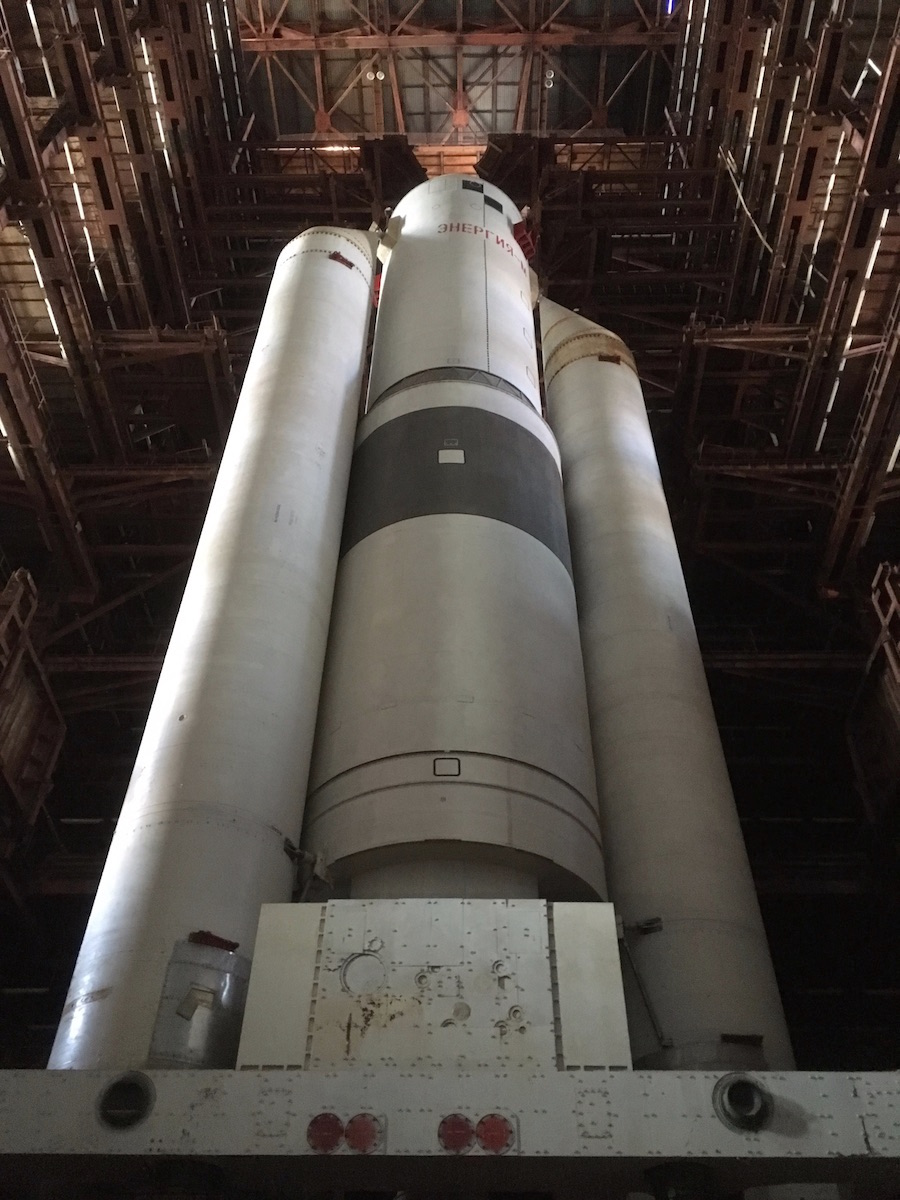

In the 1980s, satellite communications expanded to carry television programs, and people were able to pick up the satellite signals on their home dish antennas. Skylab, America’s first space station, was a human-spaceflight highlight of the 1970s, as was the Apollo Soyuz Test Project, the world’s first internationally crewed (American and Russian) space mission. By the end of the decade, the Voyager spacecraft had sent back detailed images of Jupiter and Saturn, their rings, and their moons. By the early 1970s, orbiting communications and navigation satellites were in everyday use, and the Mariner spacecraft was orbiting and mapping the surface of Mars. Six Apollo missions were made to explore the Moon between 19.ĭuring the 1960s, unmanned spacecraft photographed and probed the Moon before astronauts ever landed. On July 20, 1969, astronaut Neil Armstrong took “one giant leap for mankind” as he stepped onto the Moon. “Landing a man on the Moon and returning him safely to Earth within a decade” was a national goal set by President John F. Landing on the moon: Apollo 12 launches for second moon landing Nov. 20, 1962, John Glenn’s historic flight made him the first American to orbit Earth. In 1961, Alan Shepard became the first American to fly into space. satellite, Explorer 1, went into orbit on Jan. His flight lasted 108 minutes, and Gagarin reached an altitude of 327 kilometers (about 202 miles).

Yuri Gagarin became the first human to orbit Earth in Vostok 1. Four years later on April 12, 1961, Russian Lt. 4, 1957, the Soviets launched the first artificial satellite, Sputnik 1, into space. After World War II, the United States and the Soviet Union created their own missile programs. Late in World War II, London was attacked by 200-mile-range V-2 missiles, which arched 60 miles high over the English Channel at more than 3,500 miles per hour. In the 1930s and 1940s, Nazi Germany saw the possibilities of using long-distance rockets as weapons. In the latter half of the 20th century, rockets were developed that were powerful enough to overcome the force of gravity to reach orbital velocities, paving the way for space exploration to become a reality. Humans have always looked up into the night sky and dreamed about space.


 0 kommentar(er)
0 kommentar(er)
